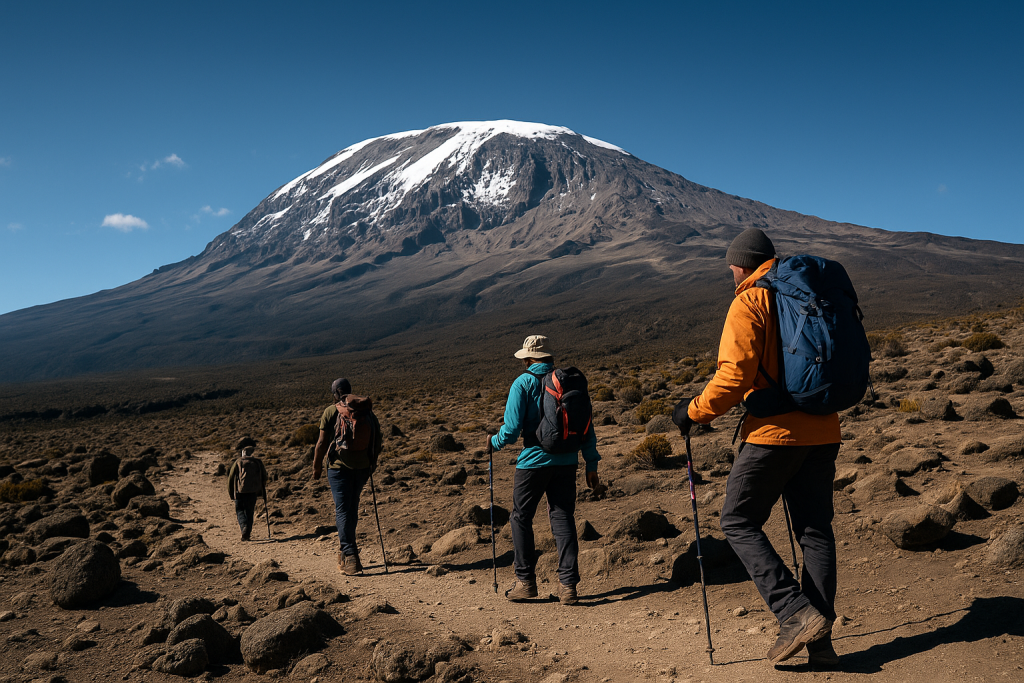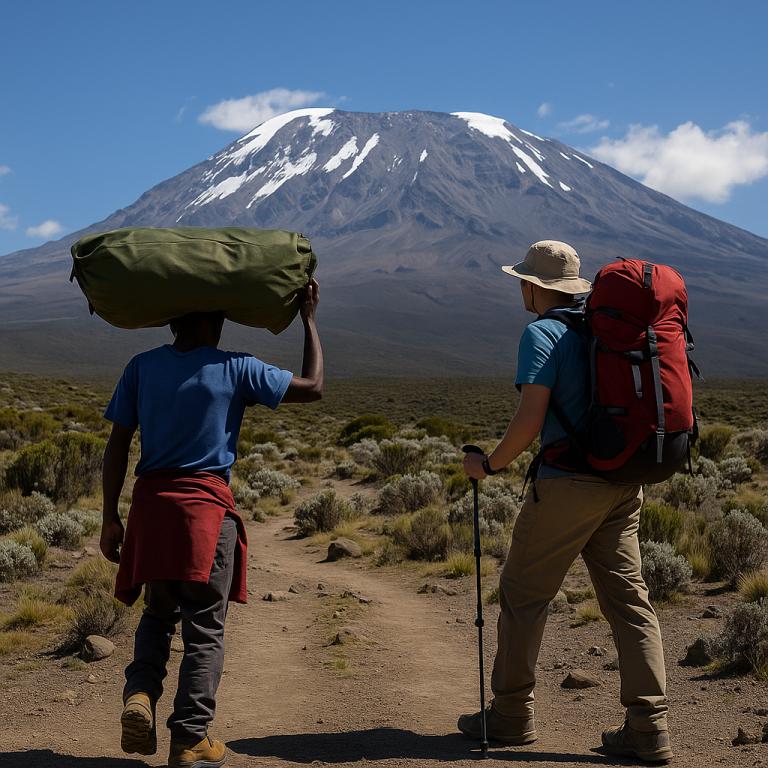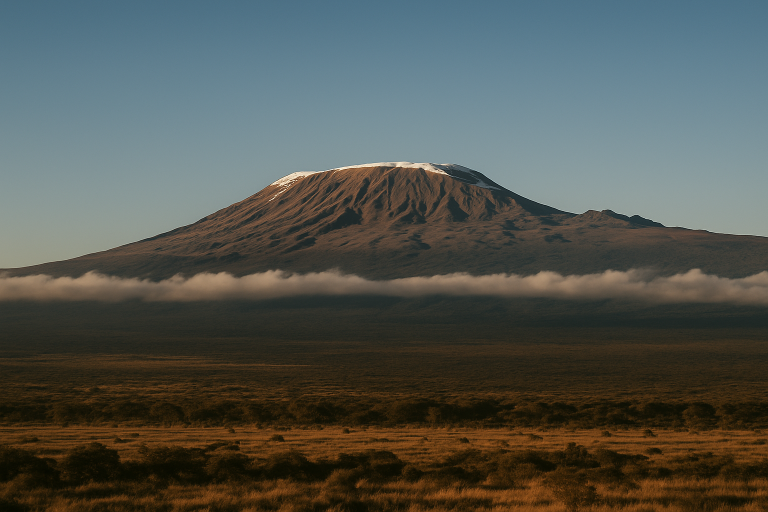Climbing Mount Kilimanjaro is a bucket-list adventure, but it’s not without risks. Standing 5,895 meters (19,341 feet) above sea level, Africa’s tallest mountain challenges your endurance, altitude tolerance, and decision-making. The good news? With the right preparation and a reputable trekking company, you can summit safely and confidently.
Here are 7 must-know safety tips to help you climb Kilimanjaro safely in 2025 and beyond:
- 🏔️ Choose a Route That Supports Acclimatization
All successful Kilimanjaro climbs depend on one thing: your body adapting to altitude. Choose longer routes like Lemosho or Northern Circuit (7–9 days). They provide better altitude adaptation than fast ascents like Marangu (5 days). More time = higher success & lower risk. - 🧪 Understand and Watch for AMS (Altitude Mountain Sickness)
Know the signs:
- Headache
- Nausea
- Loss of appetite
- Dizziness
Serious symptoms (HAPE, HACE) require immediate descent. Always let your guide know how you feel. Never “push through it.”
- 🧭 Trek With a KPAP-Certified, Locally Owned Operator
KPAP-approved companies not only treat porters ethically, but they also have better trained guides and safety equipment. For example, Climb Kili is a KPAP-certified, locally owned operator with over 900 TripAdvisor reviews and a long record of safe, successful summit expeditions. Learn more at ➝ https://climbkili.com/ - 💧 Hydrate Like Your Summit Depends on It (It Does)
Drink 3–4 liters of water every day. Dehydration is a major cause of AMS and fatigue. Use electrolyte tablets and always treat stream water with purification drops or tablets. - 🧥 Pack Proper Cold-Weather Gear
Kilimanjaro’s summit can drop to -20°C (-4°F). You need:
- Insulated jacket
- Base layers
- Gloves + liners
- Wool socks
- Waterproof boots
Cold-related injuries like frostbite are rare—but happen when people don’t prepare.
- 🥾 Pace Yourself: Pole Pole (Slowly Slowly)
The Swahili motto “pole pole” isn’t just tradition—it’s biology. Walking slowly lets your lungs and heart adjust to decreasing oxygen. Rushing increases your chance of failure and sickness. - 🎒 Don’t Overpack — Let Porters Help, but Don’t Overload Them
Keep your daypack light (snacks, water, camera). Porters carry gear, but ethical companies limit them to 20 kg max. Choose KPAP-certified teams that follow this guideline.
🧠 Bonus: Choose Companies with Pulse Oximeters & Emergency Protocols
Ask if they carry:
- Pulse oximeters (to check oxygen saturation)
- Oxygen cylinders (for emergencies)
- Stretchers or evacuation plans
All the operators listed on our site meet these safety standards.
📌 Final Thoughts
Climbing Kilimanjaro safely isn’t about luck—it’s about smart planning, experienced guides, and listening to your body. Whether you’re a seasoned hiker or first-timer, follow these tips and go with a local, KPAP-certified team.
✅ Ready to climb with a trusted and experienced KPAP partner?
Start with Climb Kili — a top-rated, locally owned tour company committed to safe and ethical climbs ➝ https://climbkili.com/



